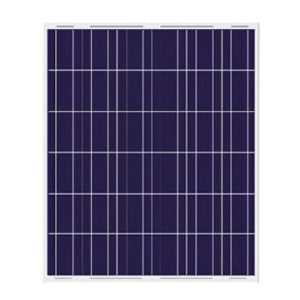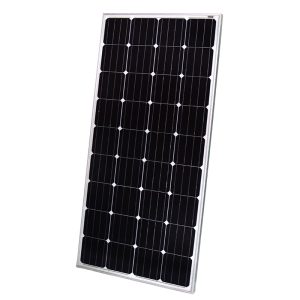As more homeowners turn to solar power as a reliable and sustainable energy source, the importance of solar inverters in maximizing efficiency has become increasingly clear. In this article, we’ll take a closer look at 5.2 Kw solar inverters and how they play a crucial role in solar energy systems.
What is a Solar Inverter?
A solar inverter is a device that converts the direct current (DC) electricity generated by solar panels into alternating current (AC) electricity that can be used to power homes and businesses. Solar panels generate DC electricity, while most appliances and electronics in homes run on AC electricity.
Why Are Solar Inverters Important?
Solar panels generate DC electricity, but most homes and businesses run on AC electricity. Therefore, solar inverters play a critical role in transforming the energy generated by solar panels into usable electricity. Inverters can also optimize the energy produced by solar panels to maximize efficiency and reduce energy waste.
The Role of 5.2 Kw Solar Inverters
A 5.2 Kw solar inverter is a powerful piece of equipment that can efficiently convert up to 5.2 kilowatts of DC electricity into AC electricity. This makes them an ideal choice for homeowners with medium-sized solar energy systems.
Benefits of 5.2 Kw Solar Inverters
- High energy production capability: 5.2 Kw solar inverters can convert a high amount of DC electricity into AC electricity, thereby maximizing energy production from solar panels.
- Cost-effective for medium-sized systems: Homeowners with medium-sized solar energy systems can benefit greatly from 5.2 Kw solar inverters, as they are a cost-effective choice that maximize energy production.
- Energy efficiency: 5.2 Kw solar inverters can optimize the energy produced by solar panels to ensure maximum efficiency and reduce energy waste. This can result in lower electricity bills for homeowners.
Types of 5.2 Kw Solar Inverters
There are several types of 5.2 Kw solar inverters available on the market, each with its own advantages and disadvantages.
- String inverters: String inverters are the most commonly used type of solar inverter. They are cost-effective and efficient for small to medium-sized solar energy systems. However, they are only as efficient as the least efficient solar panel in a string, meaning shading or damage to a single panel can greatly reduce energy production.
- Microinverters: Microinverters are smaller inverters that are installed on each solar panel. This allows each panel to operate independently, maximizing energy production even if one panel is shaded or damaged. However, microinverters can be more expensive than string inverters and require more installation time.
- Power optimizers: Power optimizers are similar to microinverters in that they are installed on each panel, but they work in conjunction with a string inverter. Power optimizers can individually optimize each solar panel’s output, ensuring maximum efficiency across the entire system.
Choosing the Right 5.2 Kw Solar Inverter
Choosing the right 5.2 Kw solar inverter for your solar energy system is crucial to maximizing efficiency and energy production. Factors to consider when choosing a solar inverter include:
- Compatibility with your solar panels
- Efficiency rating
- Durability and warranty
- Cost
It’s always best to consult with a professional solar energy system installer to determine which 5.2 Kw solar inverter is the best match for your specific energy needs and budget.
Conclusion
In conclusion, a 5.2 Kw solar inverter is a powerful piece of equipment that can help maximize energy production and efficiency in medium-sized solar energy systems. Choosing the right solar inverter is crucial to realizing the benefits of solar energy, and it’s important to consult with a professional installer to determine the best option for your specific needs. By investing in a high-quality 5.2 Kw solar inverter, homeowners can enjoy a reliable and cost-effective source of energy for years to come.
Q1. What is a 5.2 kW solar inverter?
A 5.2 kW solar inverter is a device that converts the direct current (DC) electricity generated by solar panels into alternating current (AC) electricity that can be used by household appliances and sent to the grid. It is designed to handle a power output of 5.2 kilowatts (kW), which is a typical size for a residential solar system.
Q2. How many solar panels can a 5.2 kW inverter handle?
The number of solar panels that a 5.2 kW inverter can handle depends on the wattage of the panels used. A 5.2 kW solar inverter typically supports 16 to 20 solar panels with an output of 260 to 330 watts each. However, the number of panels may vary based on factors such as the local climate, orientation, shading, and panel efficiency.
Q3. How much power can a 5.2 kW solar inverter generate?
A 5.2 kW solar inverter can generate up to 5.2 kilowatts of power under ideal conditions, which means when the solar panels are directly facing the sun with no shading and in ideal temperatures. However, actual power output may vary based on factors such as the quality of the solar panels, efficiency of the inverter, shading, and weather conditions. The actual power output will also depend on how much sunlight the solar panels receive over the course of the day.



